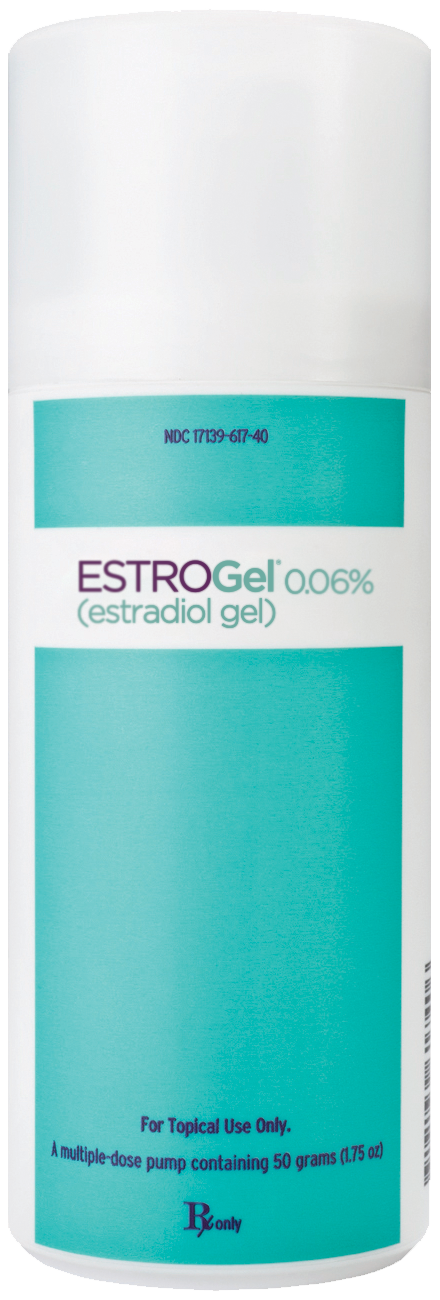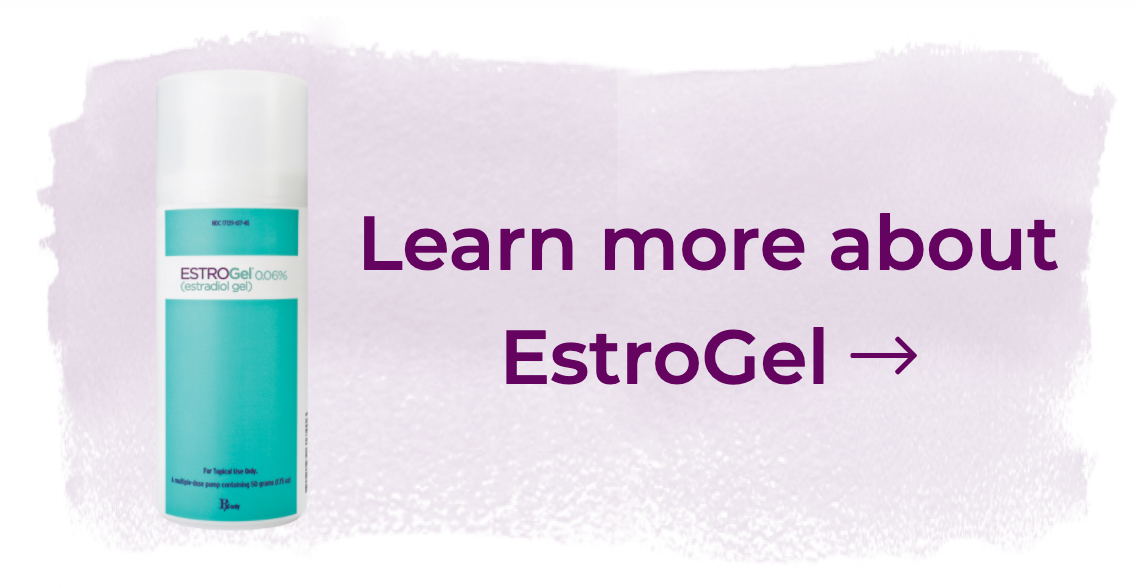WARNING: ENDOMETRIAL CANCER, CARDIOVASCULAR DISORDERS, BREAST CANCER AND PROBABLE DEMENTIA
Estrogen-alone Therapy
Endometrial Cancer
There is an increased risk of endometrial cancer in a woman with a uterus who uses unopposed estrogens. Adding a progestogen to estrogen therapy has been shown to reduce the risk of endometrial hyperplasia, which may be a precursor to endometrial cancer. Perform adequate diagnostic measures, including directed or random endometrial sampling when indicated, to rule out malignancy in postmenopausal women with undiagnosed, persistent, or recurring abnormal genital bleeding.
Cardiovascular Disorders and Probable Dementia
The Women's Health Initiative (WHI) estrogen-alone substudy reported increased risks of stroke and deep vein thrombosis (DVT) in postmenopausal women (50 to 79 years of age) during 7.1 years of treatment with daily oral conjugated estrogens (CE) [0.625 mg]-alone, relative to placebo.
The WHI Memory Study (WHIMS) estrogen-alone ancillary study of WHI reported an increased risk of developing probable dementia in postmenopausal women 65 years of age or older during 5.2 years of treatment with daily CE (0.625 mg)-alone, relative to placebo. It is unknown whether this finding applies to younger postmenopausal women.
Do not use estrogen-alone therapy for the prevention of cardiovascular disease or dementia.
Only daily oral 0.625 mg CE was studied in the estrogen-alone substudy of the WHI. Therefore, the relevance of the WHI findings regarding adverse cardiovascular events and dementia to lower CE doses, other routes of administration, or other estrogen-alone products is not known. Without such data, it is not possible to definitively exclude these risks or determine the extent of these risks for other products. Discuss with your patient the benefits and risks of estrogen-alone therapy, taking into account her individual risk profile.
Prescribe estrogens with or without progestogens at the lowest effective doses and for the shortest duration consistent with treatment goals and risks for the individual woman.
Estrogen Plus Progestin Therapy
Cardiovascular Disorders and Probable Dementia
The WHI estrogen plus progestin substudy reported increased risks of DVT, pulmonary embolism (PE), stroke and myocardial infarction (MI) in postmenopausal women (50 to 79 years of age) during 5.6 years of treatment with daily oral CE (0.625 mg) combined with medroxyprogesterone acetate (MPA) [2.5 mg], relative to placebo.
The WHIMS estrogen plus progestin ancillary study of WHI reported an increased risk of developing probable dementia in postmenopausal women 65 years of age or older during 4 years of treatment with daily CE (0.625 mg) combined with MPA (2.5 mg), relative to placebo. It is unknown whether this finding applies to younger postmenopausal women.
Do not use estrogen plus progestin therapy for the prevention of cardiovascular disease or dementia.
Breast Cancer
The WHI estrogen plus progestin substudy also demonstrated an increased risk of invasive breast cancer.Only daily oral 0.625 mg CE and 2.5 mg MPA were studied in the estrogen plus progestin substudy of the WHI. Therefore, the relevance of the WHI findings regarding adverse cardiovascular events, dementia and breast cancer to lower CE plus other MPA doses, other routes of administration, or other estrogen plus progestogen products is not known. Without such data, it is not possible to definitively exclude these risks or determine the extent of these risks for other products. Discuss with your patient the benefits and risks of estrogen plus progestin therapy, taking into account her individual risk profile.
Prescribe estrogens with or without progestogens at the lowest effective doses and for the shortest duration consistent with treatment goals and risks for the individual woman.
EstroGel is contraindicated in women with any of the following conditions: undiagnosed abnormal genital bleeding; breast cancer or a history of breast cancer; estrogen-dependent neoplasia; active deep vein thrombosis, pulmonary embolism, or history of these conditions; active arterial thromboembolic disease (for example, stroke or MI), or a history of these conditions; known anaphylactic reaction, angioedema, or hypersensitivity to EstroGel; Hepatic impairment or disease; Protein C, protein S, or antithrombin deficiency, or other known thrombophilic disorders.
Increase in the risk of breast cancer, ovarian cancer, gallbladder disease, severe hypercalcemia in women with breast cancer and bone metastases, visual abnormalities such as retinal vascular thrombosis, elevated blood pressure, exacerbation of hypertriglyceridemia, exacerbation of hypothyroidism, fluid retention, and hypocalcemia have been reported in patients receiving estrogens.
Estrogens may cause an exacerbation of endometriosis, symptoms of angioedema in women with hereditary angioedema, asthma, diabetes mellitus, epilepsy, migraine, porphyria, systemic lupus erythematosus, and hepatic hemangiomas. Consider whether the benefits of estrogen therapy outweigh the risks in women with these conditions. Use with caution in women with past history of cholestatic jaundice, and in the case of recurrence, discontinue EstroGel. Women on thyroid-replacement therapy may require higher doses of thyroid hormone.
Moisturizer lotion application 1 hour after EstroGel application significantly increased estradiol absorption. Alcohol-based gels are flammable. Avoid fire, flame, or smoking until the gel has dried.
In clinical studies, the most common adverse reactions with EstroGel (≥ 5 percent) were breast pain, headache, and flatulence.
REFERENCES: 1. EstroGel 0.06% [package insert]. Morristown, NJ: ASCEND Therapeutics US, LLC; 2023.
Please see full Prescribing Information, including Boxed Warnings.





